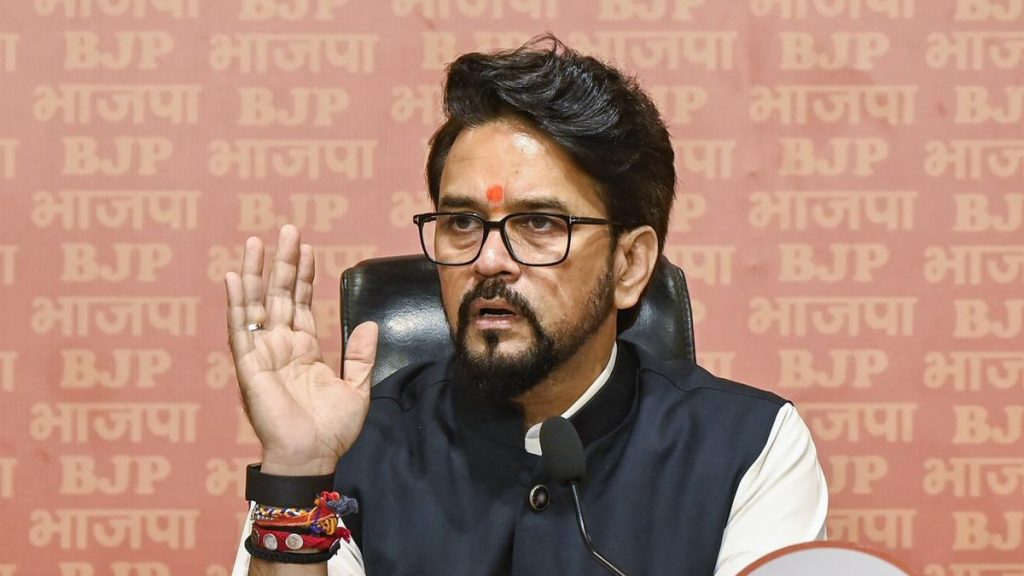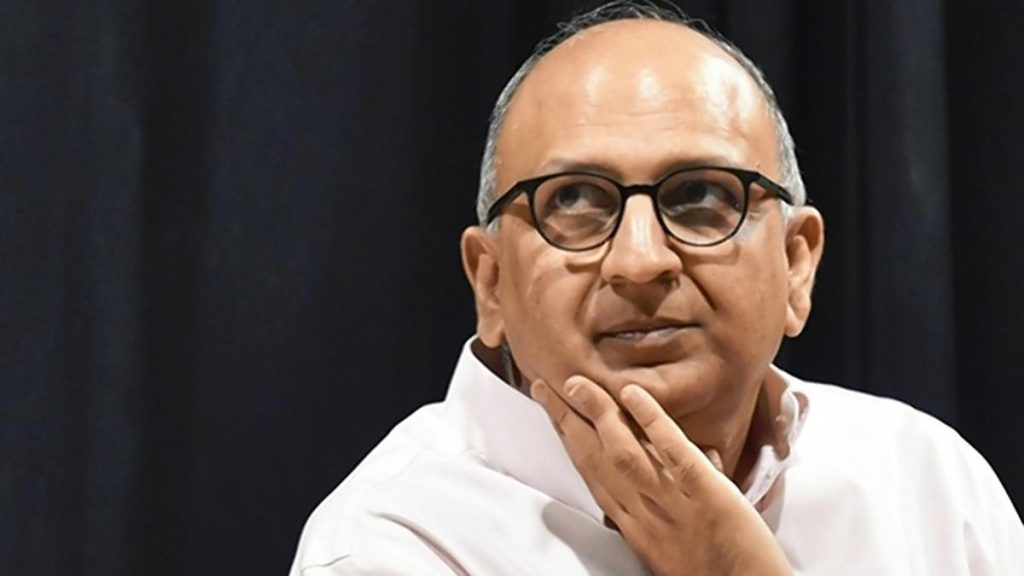Now Reading: Google Integrates AI Into Pixel Camera App, Raising Concerns
-
01
Google Integrates AI Into Pixel Camera App, Raising Concerns
Google Integrates AI Into Pixel Camera App, Raising Concerns
quick Summary
- Google debuted its Pixel 10 phone series,which incorporates generative AI features directly into the camera app for advanced photo editing capabilities.
- Pro res Zoom: Enables “100x zoom,” enhancing resolution via AI diffusion models creating imagined details from blurry pixels.Users recieve two results-one with AI and one without-but may not always be aware AI was applied.
- Ask too Edit: Allows natural language commands for photo edits in Google Photos, including generative changes like background replacements or glare removal, often without clear disclosure of AI involvement.
- Camera Coach: Provides real-time framing suggestions using AI but does not alter the captured image itself. Promotes transparency by showing exactly what the photographer sees through their lens.
- Photos taken on Pixel 10 phones include metadata via C2PA credentials indicating whether they were edited with AI; however, this details is embedded discreetly and may not be noticeable to users.
!2000×1498.v1755892647.png”>Pro Res Zoom applied to a truck
Credit: Google
!2000×1125.v1755892647.jpg”>Camera Coach on Pixel 10
Credit: Michelle Ehrhardt
Indian opinion Analysis
The integration of generative AI into smartphone cameras raises significant considerations for India as a rapidly growing digital user base and tech consumer market. Tools like Pro Res Zoom and Ask to edit, while innovative, blur the line between authentic images and heavily altered versions generated by artificial intelligence. Transparency remains crucial since india has a vast population ranging from advanced tech users to those who are less digitally literate; casual implementation of such technology risks confusion or misuse in personal photography albums and beyond.
The inclusion of metadata recording edits made via C2PA credentials is promising but insufficient if awareness among users is minimal. This underscores the importance of more visible disclosures regarding where and how generative tools are used-notably when platforms carry high ethical stakes in contexts such as journalism or e-governance applications within India.
On the other hand, India’s expanding tech ecosystem could benefit from thoughtful enhancements like Camera Coach that offer professional results while preserving authenticity-a critical quality given India’s cultural emphasis on photographic storytelling in news media, weddings, tourism promotions, etc.
As India’s regulatory debates around artificial intelligence evolve amid its Digital India initiatives-proximity-focused safeguards against accidental manipulation appear necessary alongside education campaigns about emergent technologies embedded within everyday consumer products.
























